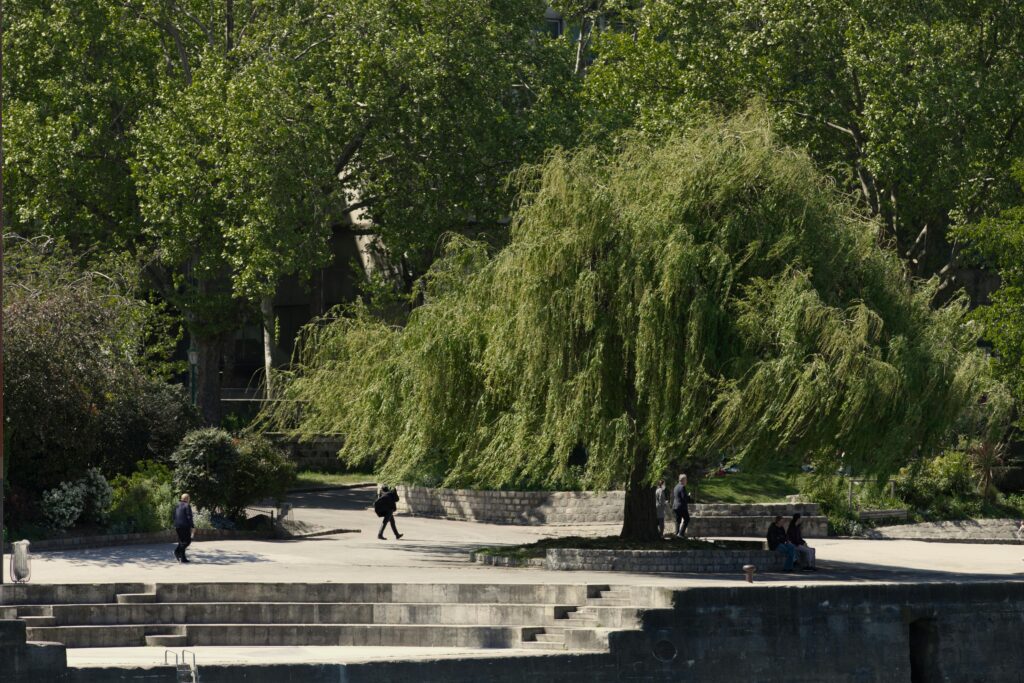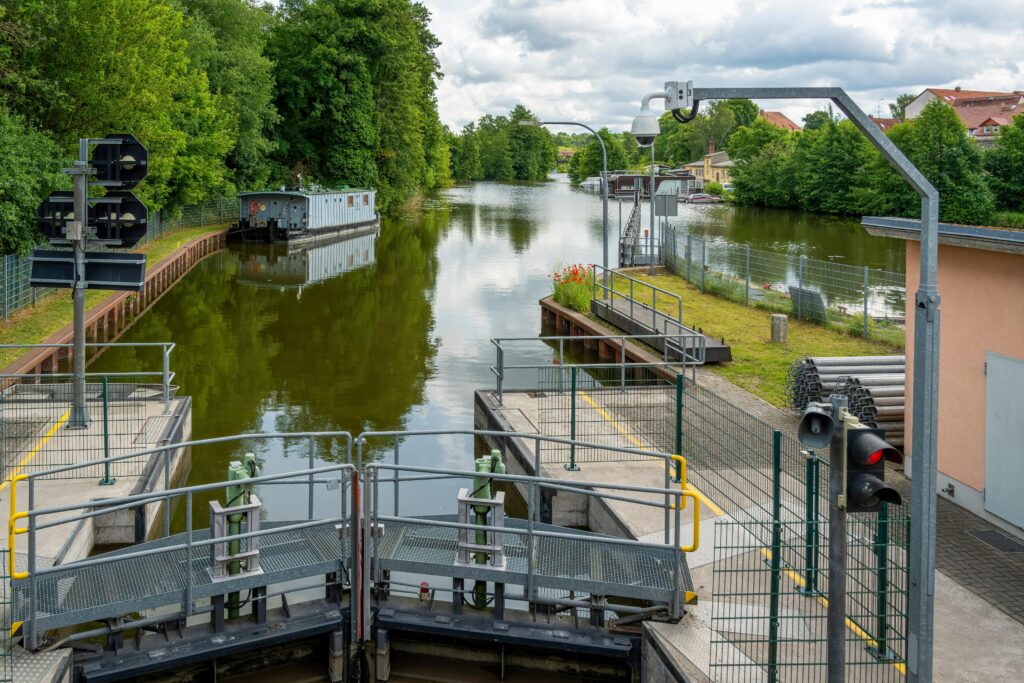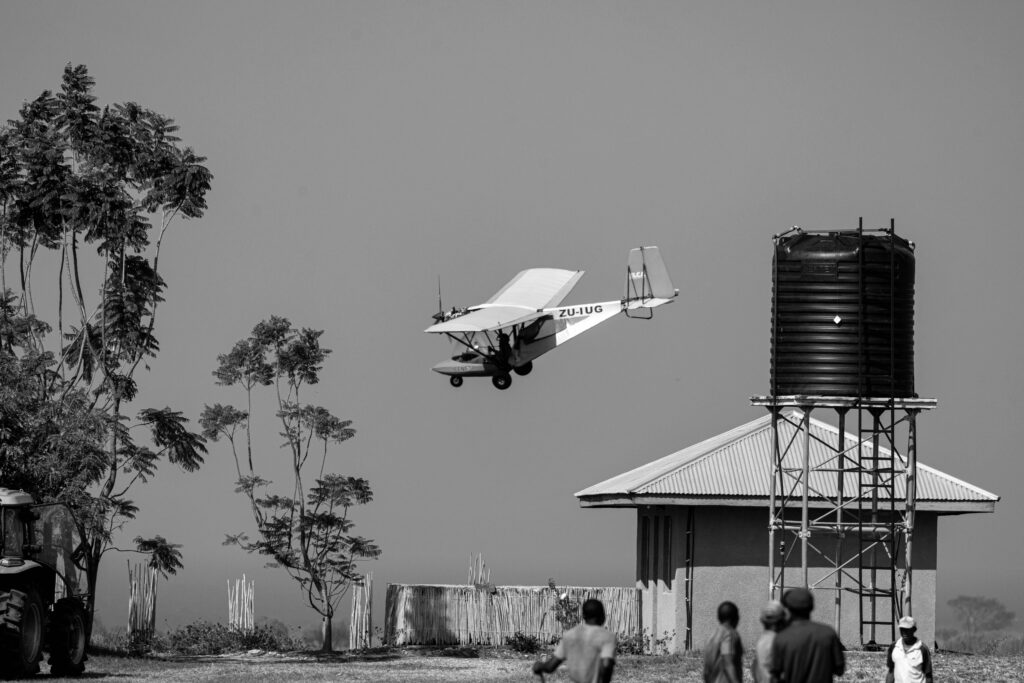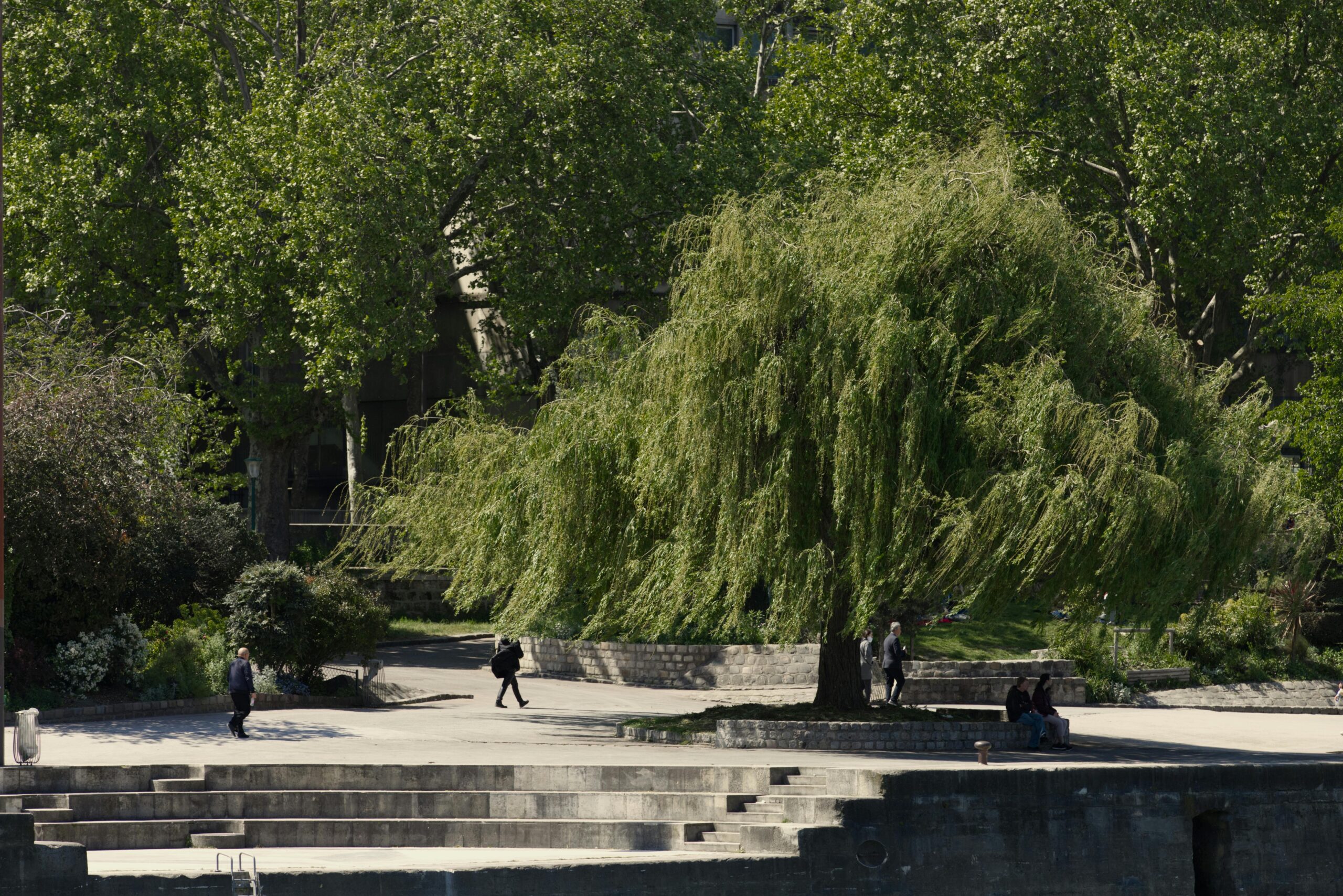One of the most interesting and little-known places in Africa is the Democratic Republic of the Congo (DRC). The DRC has a vast area and numerous natural resources. It has a beautiful range of scenery, animals, and cultures. Active volcanoes, lush jungles, historic towns, and strong rivers—this country is full of natural beauty and undiscovered adventure. There are problems with infrastructure and safety in some areas, but adventurous tourists will find experiences that can’t be found anywhere else on the continent.

Virunga National Park
The Virunga National Park is the oldest in Africa and a UNESCO World Heritage Site. It is famous for its diverse wildlife and beautiful scenery. Virunga National Park is in the eastern part of the country, on the border with Rwanda and Uganda. One of the main reasons people visit is to see the rare mountain gorillas that inhabit the area.A walk with gorillas through the park’s dense woods is an adventure you’ll never forget. Track these beautiful animals as you walk through the forest with trained guides. If you’re lucky, you might get to spend an hour watching a gorilla family in their native environment.In Virunga, you can also find monkeys, forest elephants, hippos, and hundreds of different kinds of birds. The active volcano Mount Nyiragongo, which boasts the world’s largest lava lake, is another notable feature of Virunga. Visitors who enjoy taking risks can hike up the volcano and even spend the night in simple huts at the summit, where they can witness the hypnotic glow of boiling lava.
Mount Nyiragongo
Mount Nyiragongo is a vital part of Virunga, but it warrants special attention. This volcano is one of the most active on Earth. It is 3,470 meters (11,380 feet) tall and has exploded several times in the last 100 years. Many people had to relocate due to the 2021 explosion, which demonstrated the danger and power of the event.Approximately 5 to 6 hours are needed to climb to the spot. Along the way, you’ll see different types of environments, from thick forests to bare volcanic rock. When you reach the top, you’ll be able to see the huge lava lake inside the volcano, which burns a deep red at night. There are not many places on Earth where you can feel so close to nature’s powerful forces.
Kinshasa: The Federal Capital
Kinshasa is the country’s largest city and has the fastest-growing economy. It faces Brazzaville, the capital of the Republic of the Congo, and is situated directly next to the vast Congo River. With more than 17 million people living there, Kinshasa is one of the largest and most vibrant cities in Africa.People can visit Lola ya Bonobo, a sanctuary for bonobos who have lost their parents. Bonobos are only found in the Democratic Republic of the Congo (DRC). You can get a perfect look at these smart and could animals up close at this protection centre.Additionally, Kinshasa is a cultural hub. To experience modern Congolese art, visit the Académie des Beaux-Arts. The city is also renowned for its vibrant music scene, where you can enjoy a variety of genres, including soukous, ndombolo, and Congolese rumba. A lot is happening at night in Kinshasa, and local dishes like moambe chicken, fried fish, and cassava are popular.
The national park of Kahuzi-Biega
The Kahuzi-Biega National Park is in the eastern province of South Kivu and is another UNESCO World Heritage Site. It is best known for having the largest group of eastern lowland gorillas, also known as Grauer’s gorillas.The park is named for two volcanoes that are no longer active: Mount Kahuzi and Mount Biega. This is a better place to go gorilla hiking because it is less busy than other places to see gorillas, like Rwanda or Uganda.The park is also home to a diverse array of plants and birds. More than 1,000 plant species and more than 340 bird species have been recorded. For those who want more than just animals to see, trails lead up the mountains, offering stunning views of the park and Lake Kivu.
The Lake Kivu
Lake Kivu is one of Africa’s Great Lakes. It is shared by the Democratic Republic of the Congo (DRC) and Rwanda. On the Congolese side, the cities of Bukavu and Goma are the primary means of access to the lake and nearby attractions, such as Virunga and Kahuzi-Biega.Lake Kivu is a serene spot that stands in stark contrast to the nearby jungles and volcanoes. Visitors can relax on the beach, go swimming, or explore the nearby fishing towns. Additionally, the lake is notable for its unusual underwater geology. It contains a significant amount of dissolved methane and carbon dioxide, making it both a scientific curiosity and a potential energy source for the future.
The National Park of Garamba
Garamba National Park is another UNESCO World Heritage Site. It is located in the northeastern part of the country, near the border with South Sudan. African elephants, giraffes, lions, and hippos still need this park to survive. It used to be home to huge groups of elephants and the northern white rhino, which is now dead in the wild.Over the last few decades, hunting and military strife have been significant problems in Garamba, but ongoing protection efforts have helped keep the wildlife there safe. For those who can get there, the park offers excellent adventure opportunities in a wild, remote area that few tourists visit.
Burke Falls (Boyoma Falls)
Boyoma Falls is a set of seven waterfalls that span approximately 100 kilometres. It is near Kisangani and is on the Lualaba River, which flows into the Congo River. The falls are enormous in size and force, and they are among the biggest in the world by volume.The nearby city of Kisangani has both British past and modern Congolese city life. This area was critical of great importance when Belgium ruled as a colony, and it remained hectic during the Congo Crisis in the 1960s.
Trips on the Congo River
It is the deepest river in the world and the second-longest river in Africa after the Nile. The Congo River is an integral part of the DRC’s past and character. The river is a vital means of transportation and a way of life for millions of Congolese.A river adventure, whether it’s a short boat ride near Kinshasa or a more extended trip between towns, is a unique way to see life and the scenery in Congo. Along the banks, you’ll see fishermen, shops, towns built on stilts, and thick jungles that go on forever.

Island of Idjwi
The second-largest island in Africa is Idjwi, located in Lake Kivu and situated between the Democratic Republic of the Congo (DRC) and Rwanda. From either Bukavu or Goma, you can take a boat to this quiet, faraway island.The peaceful mood, rich customs, and beautiful scenery are what make Idjwi unique. The island is mainly self-sufficient and hasn’t been heavily developed. It has rolling hills, banana farms, and friendly towns. People can go hiking, explore local businesses, and learn about crafts and traditional healing practices.
Falls of Bas-Congo and Zongo
Numerous natural and cultural attractions can be found in the western part of Bas-Congo, now known as Kongo-Central Province. The 65-meter Zongo Falls is one of the most famous. It’s about three hours from Kinshasa. People who live in the city like to visit it on the weekends because it offers cool mist, bush walks, and places to have lunch.The ancient town of Mbanza-Ngungu, the Kisantu Caves, and the Botanical Gardens of Kisantu, which feature over 2,500 plant species, are all nearby.
How to Obtain a Visa and a Permit to Visit the DRC:
To enter the DRC, most individuals require a visa. Additionally, specific permits are necessary to visit national parks and engage in gorilla trekking.
Safety:
There are times when fighting happens in some areas, especially in the east. Check the most recent travel warnings and consider hiring a local guide or tour company to assist you.
Transport:
The infrastructure isn’t excellent. Travelling by air from one major city to another is often the safest option.

Health:
People must get a yellow fever vaccine, and malaria is common. Don’t forget to bring bug spray, and consider purchasing trip insurance that covers emergency rescue.
Language:
French is the official language, but depending on their location, many Congolese also speak Lingala, Swahili, Kikongo, or Tshiluba.
In the end
The Democratic Republic of the Congo is home to the world’s deepest river, the second-largest rainforest in Africa, and a unique population of gorillas that can only be found there. The DRC remains one of the least-visited countries in Africa due to concerns about safety and transportation. However, for the daring visitor, it offers a chance to see wild nature, learn about a rich culture, and hear stories that have never been told before.
Travelling through the DRC is sure to change you, whether you’re looking for gorillas in the misty Virunga Mountains, checking out the busy beats of Kinshasa, or taking a cruise down the massive Congo River. If you can get past the news stories, the Democratic Republic of the Congo (DRC) is one of the most fascinating regions in Africa.

Leave a Reply